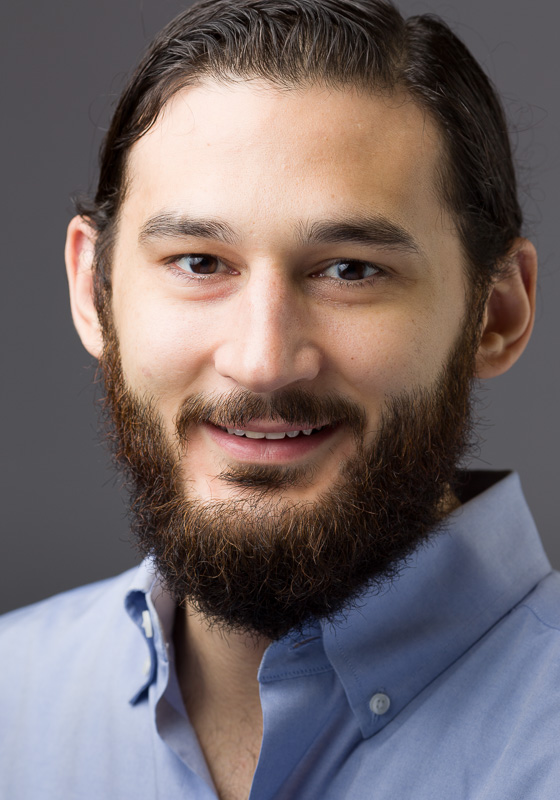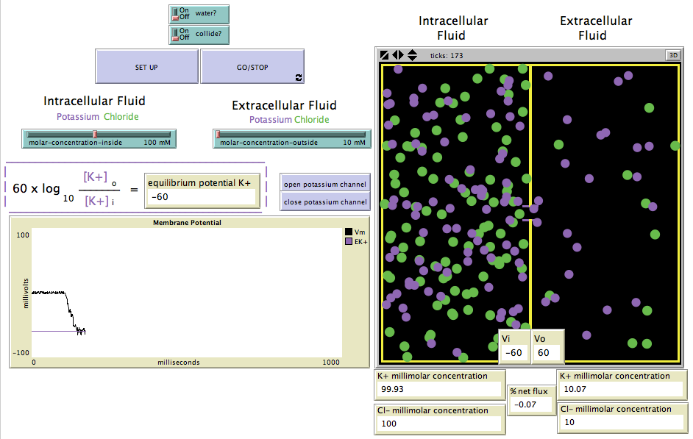Matthew Lira

Matthew Lira, Post-doctoral Research Fellow, Gardner Lab
Research Interests: Coordinating mathematical and mechanistic reasoning in physiology education; Conceptual change; Student epistemologies; Multi-representational technologies; Interdisciplinary coherence. More information (PDF)
Email: liram@purdue.edu
About me: As an undergraduate at Ball State University, I earned the opportunity to teach an introductory physiology laboratory course. This experience, in concert with my on-going research in neurobiology with Dr. Derron Bishop, led me to ask questions about the authenticity of undergraduate research experiences. I explored further opportunities in education by working with the Chicago Academy of Sciences and its Peggy Notebaert Nature Museum as an intern curriculum designer. After focusing my research interests on the cognitive basis of learning in science, I pursued graduate study at Northwestern University and then the University of Illinois at Chicago. There I earned masters and doctoral degrees in the Learning Sciences, respectively.
Professional Affiliations: International Society for the Psychology of Science and Technology, Board Member; International Society for the Learning Sciences, Member; Society for the Advancement of Biology Education Research, Member
About my research: My research centers on understanding the cognitive role of mathematical representations in scientific discovery. By observing student thinking and learning vis-à-vis mathematical representations, such as equations, I gain insight into how individual cognition relates to socio-genetic processes in science, such as paradigm shifts. My initial efforts explored student thinking and learning in cellular physiology. This discipline provides cases of historical success whereby physical and mathematical models (e.g. cable theory) were applied to biological systems (e.g. neurons).
A screenshot (left) of a simulation I built using the NetLogo modeling environment. The simulation shows the generation of the resting membrane potential in the visualization window (right) and quantitative descriptions in the Nernst equation (middle left) and plot (lower left).

I work primarily with upper-division physiology students. To examine student thinking and learning in physiology, I use clinical interviews, experiments, and human-computer interaction studies to determine how students learn to coordinate mathematical and physical models of biological systems. One central theme in my work highlights that learning environments support student learning by affording students the opportunity to reflect upon how quantified concepts differ from one another.
At Purdue, I extend my research in cellular physiology education by examining student thinking and learning at higher levels of organization, such as neuronal circuits. Dr. Stephanie Gardner and I employ the Structure-Behavior-Function framework in this research endeavor. Click here to download the SBF project on students’ mechanistic reasoning.
Hometown: Griffith, IN